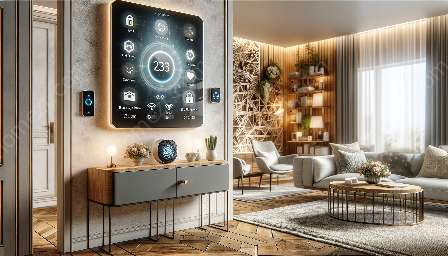In today's digital age, smart home devices have become increasingly popular as they offer convenience, automation, and connectedness. However, along with the benefits, there are potential risks associated with these devices, especially related to digital security, privacy, and home safety.
Digital Security
Smart home devices are vulnerable to cyber attacks, as they are connected to the internet and can be accessed remotely. Hackers may exploit security vulnerabilities to gain unauthorized access, potentially compromising sensitive information such as personal data, security camera footage, and even control over essential home functions.
Furthermore, inadequate security measures in smart home devices may make them susceptible to malware, ransomware, and other cyber threats, posing a significant risk to the digital security of households.
Privacy at Home
The proliferation of smart home devices raises concerns about privacy. These devices constantly collect and transmit data, including audio and video recordings, which can result in privacy breaches if not adequately secured. Unauthorized access to such data can lead to violations of personal privacy and potential misuse of sensitive information.
Additionally, the integration of smart home devices with voice assistants and other third-party services may heighten the risk of data exposure and privacy infringement, as these interconnected systems create a larger attack surface for potential privacy breaches.
Home Safety & Security
While smart home devices aim to enhance home safety and security, they also introduce vulnerabilities that can compromise physical safety. For example, smart locks, alarms, and surveillance cameras may be susceptible to tampering or hacking, potentially jeopardizing the physical security of occupants and the home itself.
Moreover, reliance on interconnected smart devices for critical functions such as climate control and fire detection raises concerns about system integrity and the potential for malfunctions, leading to safety hazards within the home environment.
Conclusion
As the adoption of smart home devices continues to grow, it is crucial for homeowners to be aware of the potential risks associated with these technologies. Maintaining digital security, safeguarding privacy, and ensuring home safety are paramount considerations when integrating smart devices into household environments.
By addressing these risks through informed decision-making, proactive security measures, and responsible usage, individuals can harness the benefits of smart home technology while mitigating its potential drawbacks.


